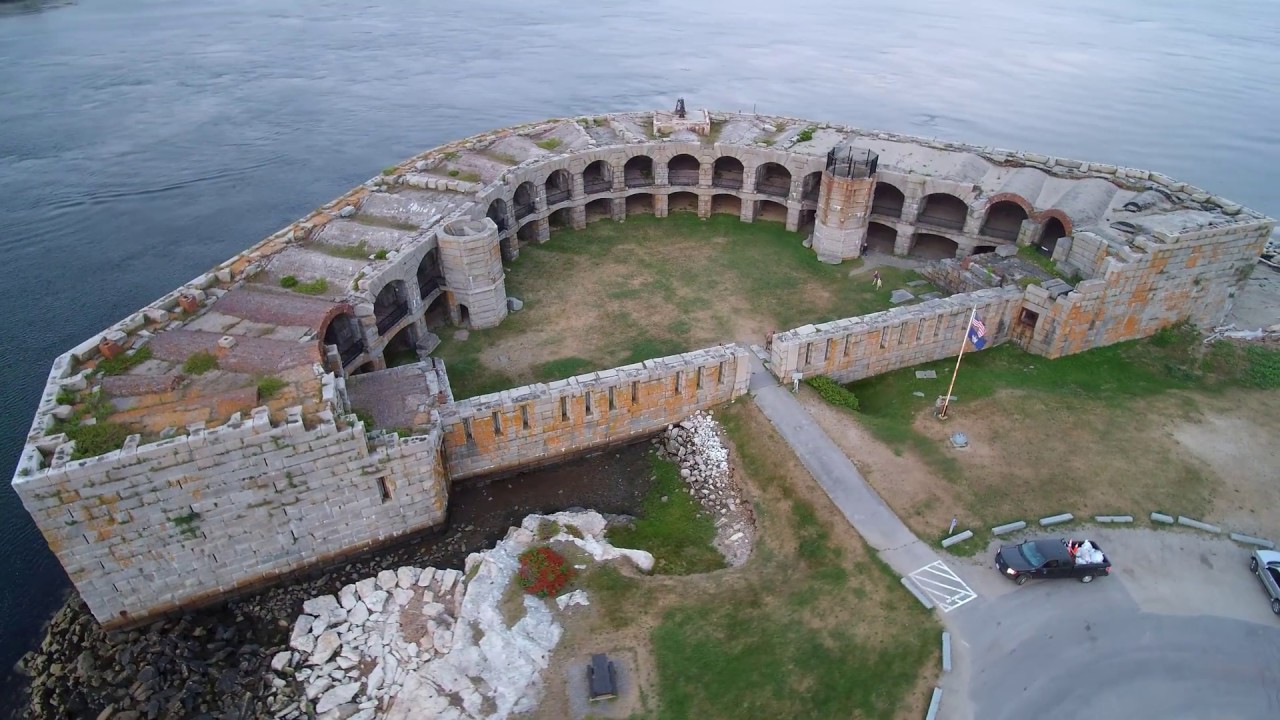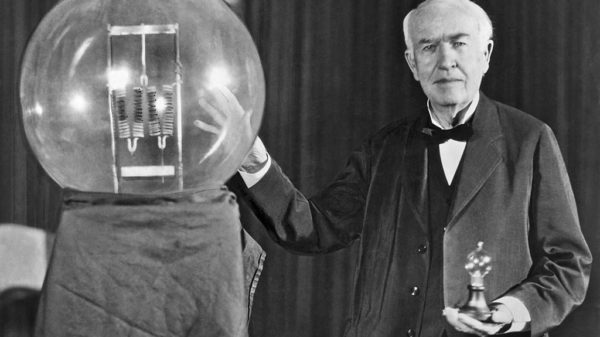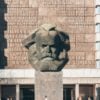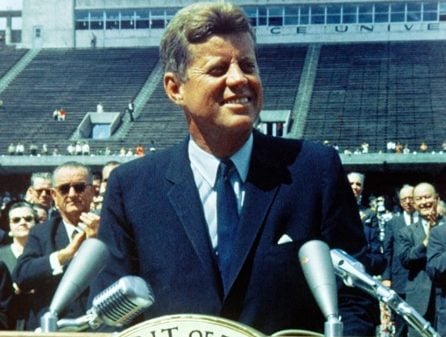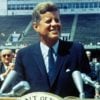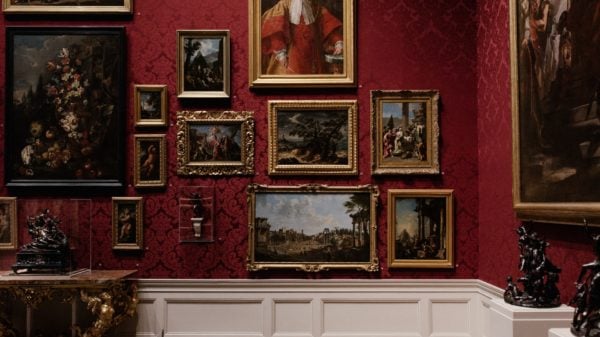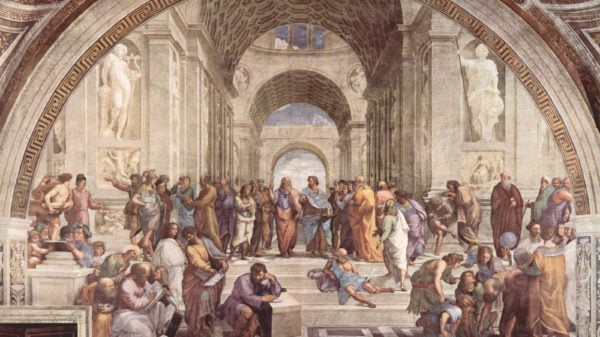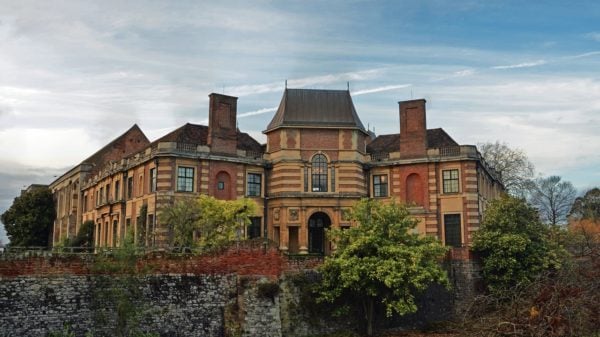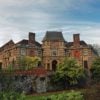If you can travel around the world, you should not miss out on checking out the different abandoned forts. Not only are they appealing and impressive to look at, but they can also give you a glimpse of what truly happened before it became abandoned. There is one fort that you should try to visit, which is Fort Popham.
It is recognized as a “Third System” fort constructed in 1857. Construction of the fort began in 1861 but was never finished. The fort is situated in Sagadahoc County, Maine, which was labeled after Captain George Popham, the Popham Colony founder, in 1607.
Precursors
During the American Revolution, a small fort stood near the Kennebec River in Phippsburg, Maine. In 1808, the federal government constructed a small battery outfitted with guns on field carriages as part of the Second System of strengthening that defended the coast. The batteries and forts were built after the passage of the Embargo Act of 1807 by Thomas Jefferson, which disallowed all exports from the United States to pressure France and Britain.
The fort was initially used to force an embargo, and it was incredibly unpopular in New England and had severe economic effects. The embargo was revoked in March 1809, but Britain’s circumstances eventually led to the War of 1812. It was perceived that the forts were built more to lean towards enforcing the embargo rather than defending the country, and they were insultingly known as the “embargo forts.”

Sunset over Fort Popham.
History
The fort was initially designed to house 42 heavy guns, a mix of 10 and 15-inch Rodman guns, but construction stopped in 1869 and only left two of the planned three tiers finished. In the 19th century, its weaponry consisted of 10-inch smaller Parrott rifles and 36 Rodman guns. One of the Rodman guns was given to Bowdoinham town to commemorate its soldiers who fought and died in the Civil War. You can find a cannon on the fort and several Parrott rifles sitting near the grounds. The fort’s rear side was constructed with a low-moated curtain comprising 20 musket ports and a central gate.
War experience appeared that masonry forts were utterly vulnerable to modern rifled guns, which halted the construction and fortification in 1869. Even if construction was not completed, there were a few other uses, like being garrisoned during World War 1 and Spanish-American War. Near the 1900s, Fort Popham gained new facilities as part of the Endicott program for enhanced fortifications. Eight years later, after the Spanish-American War happened, congress created several emergency appropriations like budgeting $3,200 to deploy mines in Kennebec. There was an 8-inch M1888 gun mounted beside the fort, which had an additional four 15-inch Rodman guns and the 100-pound Parrott rifle. They were done as emergency preparations until the Endicott program forts could be finished.
You can currently visit the historical site with available benches and picnic tables.


